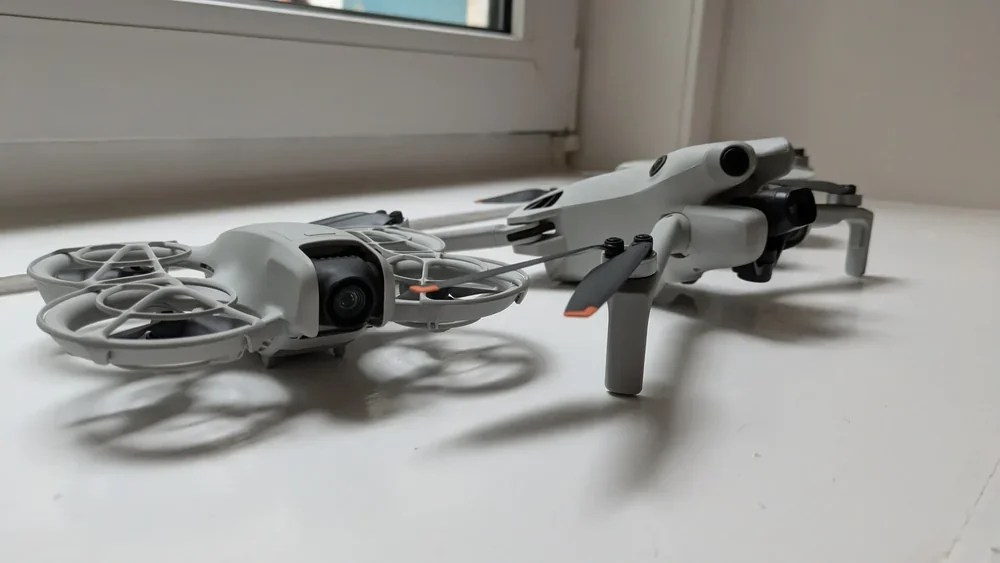
You might think your mini drone is too small for airport security to notice. As a GVC licensed drone pilot, I can tell you that modern detection systems tell a different story.
Today's airports deploy specialized equipment that can identify drones up to 10 kilometers away. They can track not just your drone's location and altitude, but even pinpoint its specific model. While traditional radar might miss your plastic quadcopter, the multi-sensor arrays now protecting our airspace won't.
So what happens when they spot your unauthorized flight?
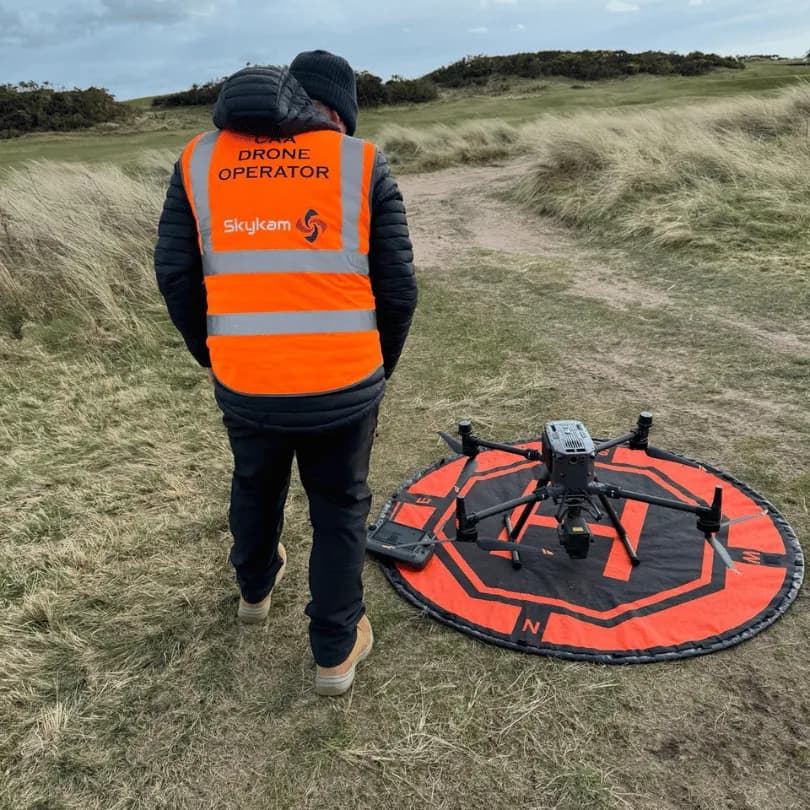
30 Second Summary
- Airports use specialized multi-sensor systems including RF detection, acoustic sensors, and cameras to detect drones
- Traditional airport radar struggles to reliably detect small drones due to their size and plastic construction
- Advanced detection systems can identify drones up to 10 kilometers away, allowing time for security response
- Detection systems can determine a drone's location, altitude, model, and even predict its flight path
- Unauthorized drone detection triggers immediate security protocols, potentially resulting in fines and imprisonment for operators
Airports use specialised drone detection systems, often alongside standard radar
From my experience in the field, while standard radar systems are designed for larger aircraft, UK airports have now implemented specialised drone detection technologies to monitor smaller drones.
These systems use a combination of radio frequency detection, acoustic sensors, and optical cameras to identify your drone's presence.
Modern airports often employ multi-sensor approaches that can pinpoint your drone's location, altitude, and even its make and model.
Some advanced systems can detect drones up to 10 kilometers away. This gives security personnel ample time to respond to any potential threats.
If you're flying near an airport, remember that these detection capabilities are becoming increasingly sophisticated. Your drone won't fly under the radar as these technologies continue to evolve, becoming standard safety equipment at airports worldwide. This is why professional commercial drone operators always conduct thorough pre-flight checks of the area.
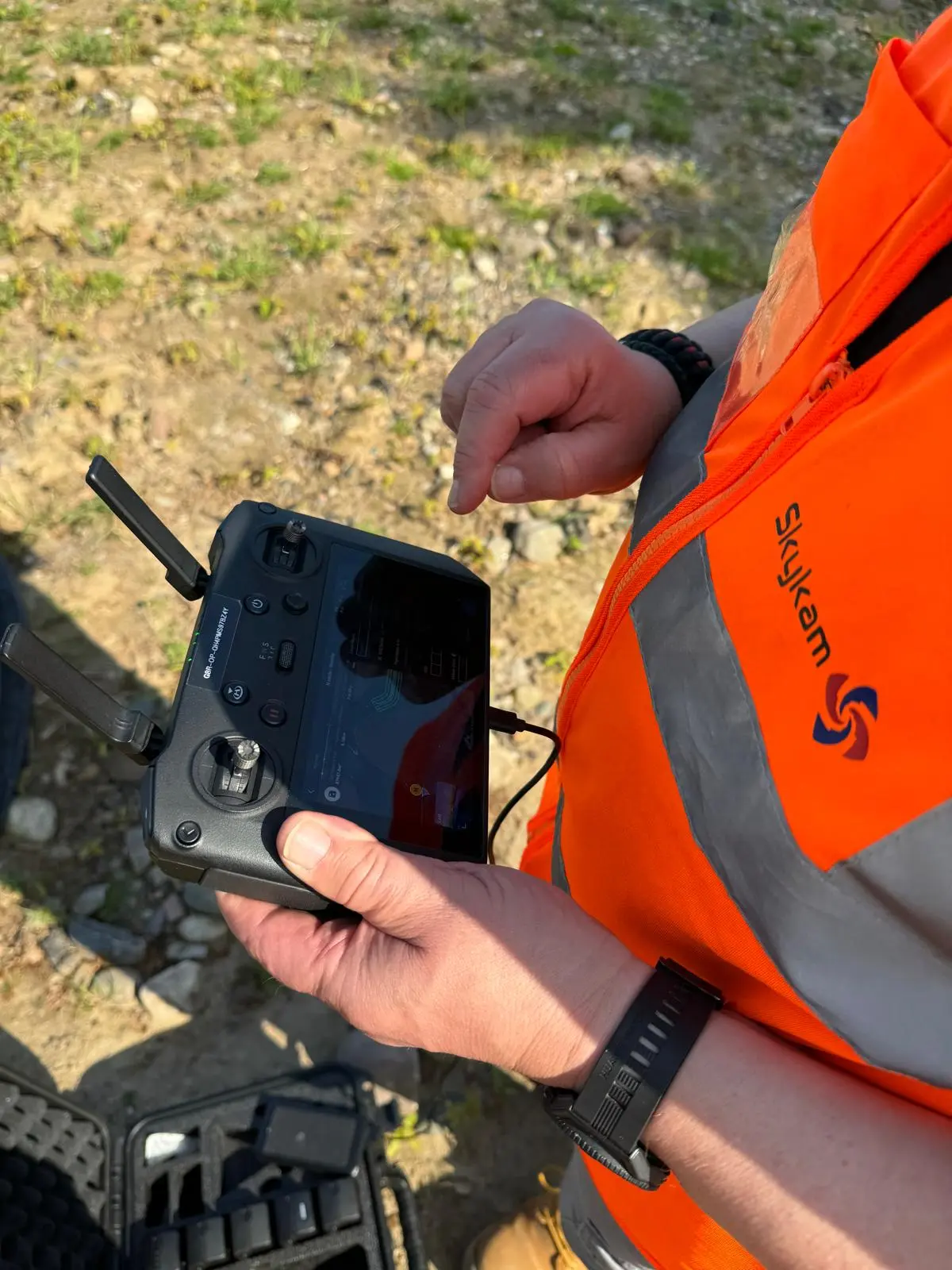
Most small consumer drones are too small for traditional radar to detect reliably
Although airports are implementing specialized detection systems, most consumer drones remain effectively invisible to traditional radar.
This is because your typical consumer drone has a small radar cross-section and is made primarily of plastic, not metal. These characteristics make them difficult for conventional airport radar systems to detect reliably, a topic we often discuss when considering the sub-250g drone laws in the UK.
Traditional radar was designed to track large aircraft with substantial metal surfaces. Your drone, being much smaller and made of different materials, simply doesn't create a strong enough radar return to register consistently.
This is precisely why airports now invest in multi-sensor systems. They combine radio frequency detection, acoustic sensors, and optical cameras to compensate for the limitations of conventional radar.
Drone-specific sensors and radio frequency scanners can pinpoint a drone’s location
Unlike traditional radar, modern airports deploy specialized drone survey technologies that can effectively identify and track your drone's precise location. These systems use radio frequency (RF) scanners that detect the communication signals between your drone and its controller.
Advanced drone detection platforms combine multiple sensors, including acoustic arrays that identify the unique sound signatures of different drone models.
Some airports now employ electro-optical and infrared cameras specifically calibrated to spot drones even in low visibility conditions, similar to the technology used for drone thermal imaging.
These technologies don't just detect your drone—they can triangulate your position as the operator. Many systems can determine the make and model of your drone and predict its flight path. If you're flying near an airport, understand that these specialized tools make your drone highly visible to security personnel.
Comparison of Airport Drone Detection Technologies
Technology | How It Works | Strengths | Limitations |
|---|---|---|---|
RF Scanners | Detects communication signals between the drone and controller. | Can identify drone model and locate the operator. Very effective. | Can be confused by other RF signals. Requires a known signal library. |
Acoustic Sensors | Uses microphones to identify the unique sound of drone propellers. | Effective at close ranges and can classify drone types by sound. | Limited range. Less effective in noisy environments (like airports). |
Optical Cameras | Uses high-zoom cameras with AI to visually identify drones. | Provides visual confirmation. Can track movement accurately. | Dependent on weather and light conditions. Can have false positives. |
Radar | Bounces radio waves off objects to detect their presence. | Long-range detection. Works in various weather conditions. | Struggles to detect small, non-metallic consumer drones. |
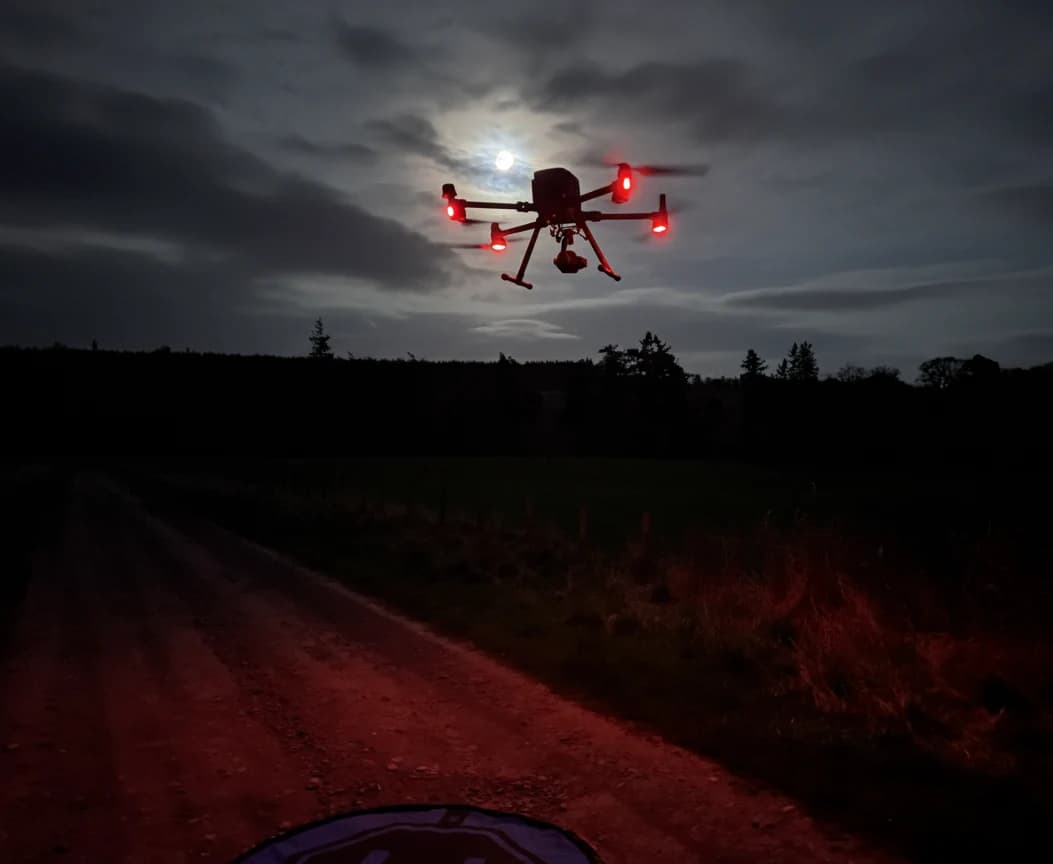
Detection range varies, but advanced systems can spot drones several kilometres away
The detection capabilities of airport drone surveillance systems have grown dramatically. While basic systems might spot your drone within a one-kilometer radius, advanced setups can identify it from up to 10 kilometers away.
This range depends on your drone's size, materials, and flight altitude.
You'll find that military-grade detection systems offer the most impressive ranges, with some capable of tracking small consumer drones beyond visual line of sight.
Airports in major cities typically deploy multiple overlapping systems to create a comprehensive detection perimeter. Weather conditions can impact performance, though – (heavy rain or fog might reduce detection distances by 30-50%).
Don't assume your drone is too small to notice; modern systems can detect devices as small as 250 grams from several kilometers away.
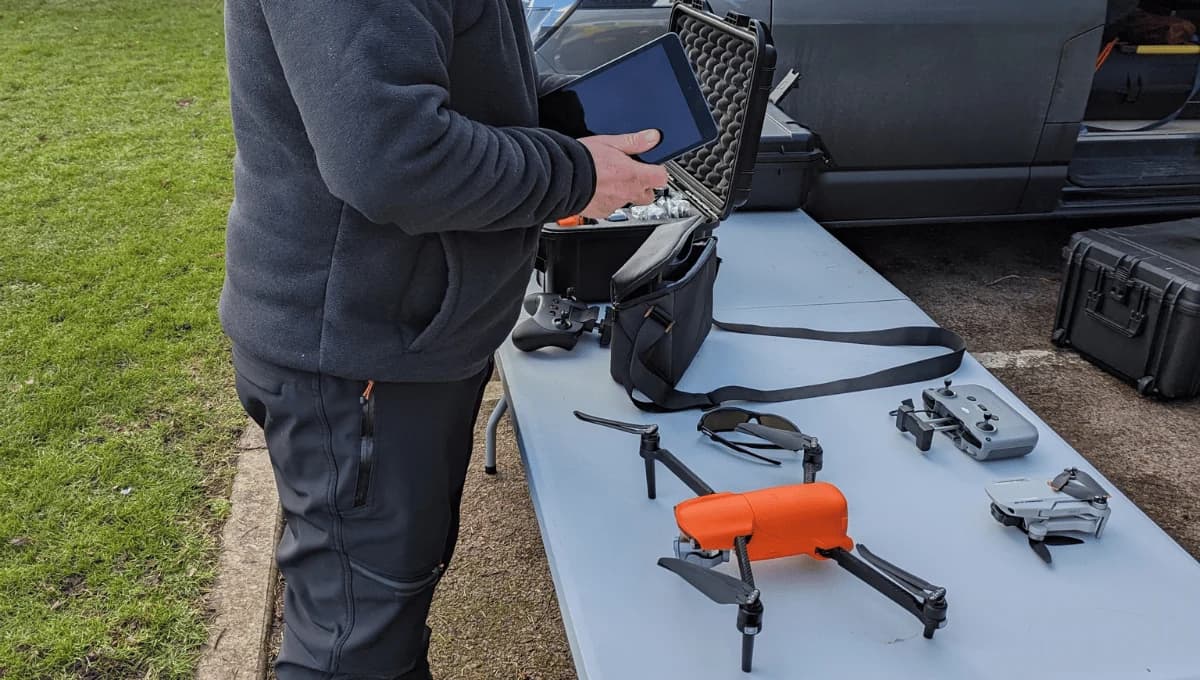
If an unauthorised drone is detected, airports alert security and law enforcement immediately.
Once a drone enters an airport's detection zone, a rapid response protocol kicks into action. As a professional, I can't stress this enough: your unauthorized flight quickly becomes a serious security incident.
Air traffic controllers receive immediate alerts about your drone's position, altitude, and flight path.
Security personnel will attempt to locate both you and your drone while air traffic control assesses potential risks to aircraft. Law enforcement is dispatched to your presumed location, equipped with detection equipment and legal authority to confiscate your drone.
In the UK, you'll face serious consequences. These can include unlimited fines, criminal charges, and even imprisonment for up to five years for endangering an aircraft. The CAA maintains a zero-tolerance policy for unauthorized drone operations near airports. Hiring a professional drone operator ensures all regulations are followed correctly.
Your recreational flight could result in flight delays affecting thousands of passengers, all while you're tracked down by authorities.
Frequently Asked Questions
Can Airports Identify Who Is Piloting a Detected Drone?
Yes, they can. When they detect unauthorized drones, they can use radio frequency analyzers to trace the control signal back to your location. If you've registered your drone with the CAA (which is required for drones over 250g), authorities can use the registration number to find you. Many advanced detection systems also have pilot localization capabilities built-in.
Are There Legal Penalties for Flying Drones Near Airports?
Absolutely. In the UK, flying drones near airports carries severe legal penalties under the Air Navigation Order 2016. You can face unlimited fines and criminal prosecution with potential jail time of up to five years if you recklessly or negligently endanger an aircraft. The CAA enforces strict flight restriction zones around airports.
Can Airports Disable or Take Control of Unauthorized Drones?
Yes, some UK airports have the authority to use counter-drone technologies. This can include signal jammers to disrupt the connection between you and your drone, forcing it to land. The use of such technology is tightly controlled and typically only deployed by law enforcement or authorized security personnel to protect the airspace.
Do Weather Conditions Affect Airport Drone Detection Capabilities?
Yes, weather significantly impacts detection capabilities. From my own experience flying drones in windy weather, I know that heavy rain, fog, and snow can reduce radar effectiveness and obscure visual detection. Thermal imaging systems struggle in extreme temperatures, and heavy rain can interfere with acoustic sensors. Airports have to adjust their strategies during adverse weather to maintain security.
Must Drone Operators Notify Airports Before Flying Nearby?
Yes, you absolutely must. Under UK law, it is illegal to fly a drone within the flight restriction zone of a protected aerodrome without permission. You must use the correct channels to request authorization from the airport's air traffic control before flying. Failing to do so is a criminal offence and can result in severe penalties.
Conclusion
So, yes, airports can see your drone. As a certified drone pilot, I can confirm they have invested heavily in specialized equipment like RF scanners and acoustic sensors that detect even small plastic drones.
These systems can identify your drone's location, altitude, and model up to 10km away.
If you're flying unauthorized near a UK airport, expect security to know about it almost instantly—they'll track your position and alert law enforcement immediately. It's a risk that is never worth taking.
About the Author

Written by
Peter Leslie
Peter Leslie is a CAA-approved commercial drone pilot with 10+ years experience and over 10,000 flight hours. He holds the GVC and A2 CofC drone licences with full CAA Operational Authorisation. Peter is a member of ARPAS-UK, the UK's non-profit trade association for the drone industry. He founded HireDronePilot to connect UK businesses with qualified, insured drone operators.
Looking for More Drone Work?
Join the UK's leading network of professional drone pilots and grow your business.
Open Access
Bid on any job - all jobs open to all pilots
Grow Revenue
Access high-value commercial projects
Stay Busy
Fill your schedule with regular work
Related Articles

Our Drone Survey Service In Stirling, Scotland
Bringing you Stirling drone survey data from areas no one else can fly.

How Much Does A Drone LiDAR Survey Cost
Forecasting your drone LiDAR survey cost requires understanding what's hidden beyond the initial quote.

Step By Step Process Of Drone LiDAR Survey
Next, discover the crucial post-flight steps that determine your survey's success.
